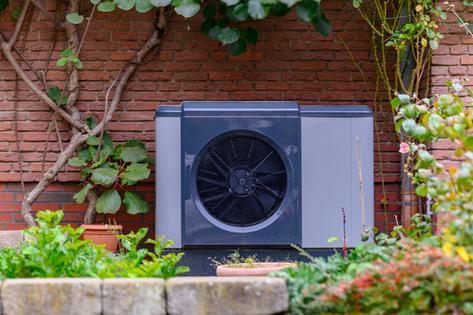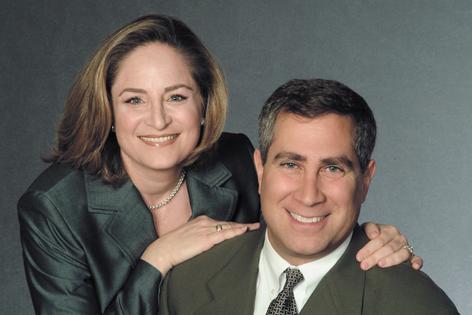Who’s responsible for mold issue in and around condo?
Q: Our granddaughter purchased a first-floor condo in a 30-year-old building last year. After living in her condo for about one year, she noticed round black marks on her knife block in her kitchen. She then began finding mold spores on her 2-year-old’s clothes folded in a chest. She moved out of the place when she realized that mold was in lots of places.
She reported the mold problem to her condo’s management company. She also included a report from a general contractor. The report noted that the building’s downspouts and sump pump were improperly placed, causing water to collect in the outside brick enclosure on the patio to her home. Her air conditioner is located there as well.
The board rejected that report saying the mold came from the air conditioner and told her that it was her problem to fix.
It’s been over two months now and the management company has not done anything. Shouldn’t our granddaughter’s homeowner’s association (HOA) inspect and clean outside brick enclosures containing the air conditioners regularly? Shouldn’t the HOA include a mold inspection in their maintenance charts of the common areas and buildings?
What can she do?
A: Unfortunately, there isn’t a simple answer to the problem of black mold or with what the HOA needs to do. When Sam’s clients call about problems that may arise with their condo or home, he tells them to figure out what is wrong and what the cost would be to make the repair.
So, let’s turn to your granddaughter’s problems. While we can’t identify the exact problem, a contractor told your granddaughter the source of the problem is either the downspouts and sump pump or the air conditioner. In either case, water is somehow getting into her home. So, the question to answer is how is that happening?
If we assume the air conditioner is the problem, then your granddaughter should talk to an air conditioning specialist to look at her system and review how it’s installed. It’s possible there are issues with her system that need to be addressed. We wonder if her unit has vents or other air intakes or exhausts that could cause the moist air from the outside to come into her unit. Or, does she leave her patio doors open, allowing the high moisture air to come into her unit?
Let’s talk about the weather for a moment. You didn’t mention whether she lives in a hot and humid location versus a cooler or drier area. In a cooler climate, indoor air humidity typically declines during the winter months. So, climate can directly impact mold growth. But it isn’t usually the main cause of mold.
Generally, mold issues typically start with water issues inside the home. Sam had a client that sold a home. The new owners left the home closed up for several months while they made plans to renovate. During that time, the home had a plumbing problem and water backed up into the basement. Guess what happened? Mold grew.
Let’s think about what might be going on outside her condo. Do the downspouts drain into the storm sewer system or simply drain next to her patio? If the downspouts drop the water next to her home, it might be a simple fix to add an extension to the downspouts to move the water away from the home and avoid a pool of water forming right outside her unit.
As for your HOA, the governing documents for the HOA may place the responsibility for the patio area and her air conditioner on your granddaughter. The governing documents should detail who is responsible for what items. But we don’t think the documents would require an owner to keep a log of mold inspections (and the findings of those inspections).
Sam recently had a situation where the patio area of a client’s townhome was pitched toward the home and needed to be repaired. You might have thought the fix would have been the association’s responsibility. But in this case, the patios were specifically referenced in the governing documents as being the homeowner’s responsibility. We could imagine your granddaughter’s sump pump would be her responsibility and not the association’s.
She should consult with several air conditioning companies, mold remediation specialists and contractors to get their opinions on the source of the problem. Then, they can figure out how the problem needs to be repaired.
========
(Ilyce Glink is the author of “100 Questions Every First-Time Home Buyer Should Ask” (4th Edition). She is also the CEO of Best Money Moves, a financial wellness technology company. Samuel J. Tamkin is a Chicago-based real estate attorney. Contact Ilyce and Sam through her website, ThinkGlink.com.)
©2025 Ilyce R. Glink and Samuel J. Tamkin. Distributed by Tribune Content Agency, LLC.

































Comments